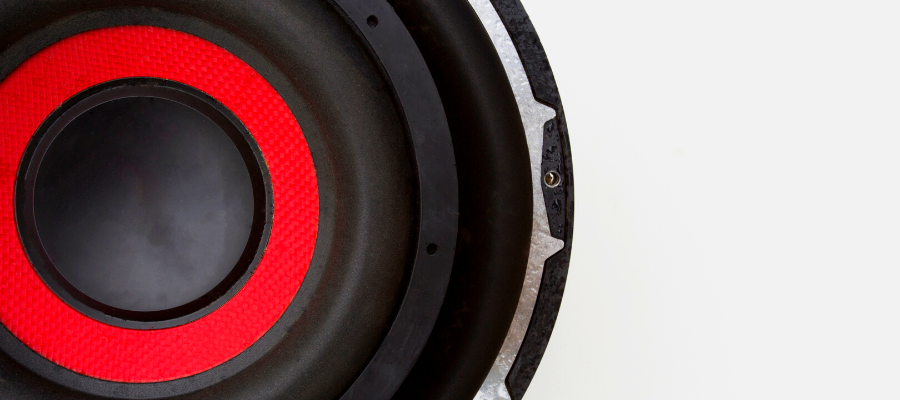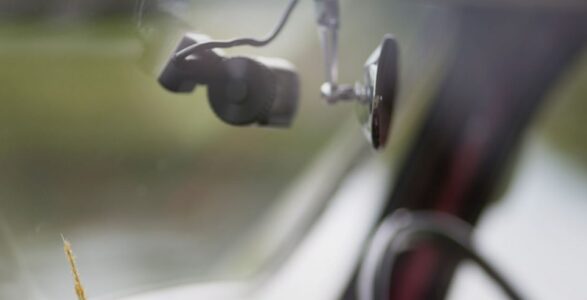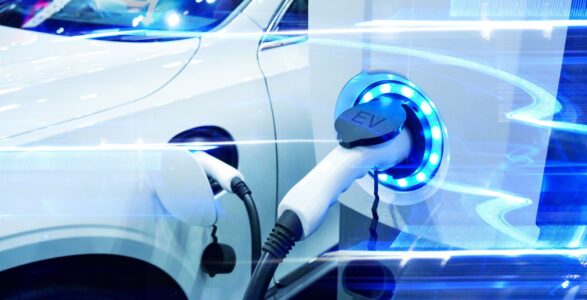Car Audio Systems: A Comprehensive Guide

Published 29 June 2022
What is a car audio system?
There are three major components which make up your car audio system, linked together with power and audio wires:
- head unit
- amplifier
- speakers
Depending on your setup you may also need a crossover.
Car audio system components explained
the head unit
The head unit is known by many other names including stereo receiver, car stereo, and car radio. The head unit is located prominently in the dashboard and provides an interface for the car audio system, including buttons, system controls and in some cases screens. The head units have their own amplifiers for powering the speakers, but may have optional outputs for more powerful, stand-alone amplifiers.
It is the central part of the audio system:
- controls the sound level
- controls the treble and bass controls.
- controls access to the different audio sources
In addition to acting as the brains of the audio system, some head units are also integrated into infotainment systems. These head units typically have large LCD screens, and they are often capable of displaying navigation data, operating climate controls, and performing other functions.
the amplifier
The amplifier is the second major component of all car audio systems. The amplifier’s job is to increase the power of the audio signal produced by the head unit, so it is strong enough for the speakers to output.
Without a power amplifier, the audio signal will be too weak to physically move the speakers and create sound.
If you want a louder more powerful sound then the head unit’s in-built amplifier can provide you will need an external amplifier. More power also allows you to connect extra speakers if you want truly immersive car audio.
The ‘maximum power ‘is the highest the amplifier can go, and the ‘rated power’ is the typical operating output. The higher the ratings are, the more power it can put out to the speakers and the louder it can go.
Amplifiers have a different number of channels from mono (single channel) up to 5 channels. You will need one channel for each speaker on your audio system.
When you mount an amp in your car, it will need free space around it to allow the heat to escape – the more powerful they are, the more heat they can make. For security reasons, it’s also best to mount it in a hidden location. The most common mounting spots are underneath the front seats, or inside the boot.
the speakers
Speakers are the final component in the basic car audio system.
A speaker receives an audio signal from an amplifier, the electrical energy of the signal is converted into mechanical energy that causes a cone to move back and forth. That movement or vibration displaces air which created the sound waves we hear.
Coaxial and component are the two categories of speakers that can be used to build or upgrade your car’s audio system.
Component speakers are better in terms of sound quality, but full-range speakers are less expensive and easier to install. Component speakers provide a greater opportunity for customization. In addition to better sound quality, component speakers can be individually positioned to create the ideal soundscape for a particular vehicle. If sound quality is more important than budget or time, component speakers are the way to go.
Coaxial Speakers
The most common car audio systems have a head unit (with small amp inside) and four coaxial speakers. Frequently known as full-range speakers because they reproduce a larger range of audio frequencies from a single unit.
A coaxial speaker consists of a woofer that produces low- and mid-range sounds and a tweeter that sits atop the woofer producing high range sound. Superior coaxial units will add extra tweeters to better reproduce the high range sound.
Coaxials have a simple crossover built-in that takes the input signal and splits it into separate bands of high, middle, and low frequencies. This serves to allocate the signals to different parts of the speaker. They come in a few different band configurations.
The quality of coaxial speakers varies from cheap ones made with foam and paper to made of cloth and foam construction, to rubber, metal, silk, and synthetic materials in the best car audio.
Even the best brands of coaxial speakers have limitations because of the inherent problem of combined components. Having the tweeters fixed to the speaker limits the separation of frequencies that allow for truly good quality sound.
Component Speakers
Component speakers are specifically designed for either bass, middle, or high frequencies, and thus, will give you the best sound quality possible.
You can add as many speakers as you like in as many variations as you like. Not only will you have a far higher volume than coaxial speakers are capable of, but the quality of sound will be noticeably superior. This is because even at high volumes, the separate crossovers will make sure the speaker components are not being pushed beyond their capabilities.
With a better separation of the audio spectrum, individual instruments stand out much more. When you have a good component speaker setup, it sounds like the artist is performing right in front of you.
The range of human hearing is about 20 to 20,000 Hz, and that spectrum is generally broken into a handful of categories when it comes to speaker technology. Component speakers each handle a single portion, or component, of that range. The highest frequencies are created by tweeters, the lowest by woofers, and mid-range speakers fit between those extremes.
Tweeters
Tweeters cover the high end of the audio spectrum from about 2,000 to 20,000 Hz, and often play an important part in filling out an audio soundscape. These speakers are named after the high-pitched tweeting of birds. Tweeters emit very directional sound, so are best mounted at ear level.
Mid-range
The middle range of the audible spectrum consists of sounds that fall between 300 and 5,000 Hz, so there is some overlap between mid-range speakers and tweeters.
Woofers
Woofers handle deep bass which falls in the range of about 40 to 1,000 Hz. Woofers emit low-frequency sound, so it’s fine to mount them down in the door panels.
There are also a few specialty component speakers that provide extra fidelity at the extremes of the audio spectrum.
Super Tweeters
These speakers are sometimes capable of producing ultrasonic frequencies that are beyond the normal range of human hearing, and their lower ends are significantly higher than the 2,000 Hz that regular tweeters handle. That allows super tweeters to produce higher frequency sounds without any distortion.
Subwoofers
Like super tweeters, subwoofers are designed to provide higher quality sound at one extreme end of the audio spectrum. Consumer-grade subwoofers typically operate in a range from 20 to 200 Hz, but professional sound equipment can be limited to frequencies that are below 80 Hz. Subs pump out all the low-end sounds such as bass, drums, and deep vocals.
A typical component system includes a woofer, tweeter and external crossovers – all of which are specially designed to sing in tune.
Crossovers
If you want a component audio system then you will need more than one crossover. A crossover directs audio frequencies to the correct target speaker – making sure only high-frequency sound reaches the tweeters and low-frequency sound finds its way to the subwoofer.
There are two main types of crossovers, passive crossovers and active crossovers – each of which is best suited to specific situations:
Passive Crossovers
Passive crossovers sit between the amplifier and the speakers to filter out unwanted frequencies.
However, there is a certain amount of inefficiency that is inherent in passive crossovers.
Active Crossovers
Active or electronic crossovers sit between the receiver and the amplifier, where they direct frequencies to the proper speakers before the amplification process.
An active crossover requires a power source, but they don’t waste power by filtering out amplified signals the way passive crossovers do.
Whether you choose active or passive crossovers, you’ll need something to keep undesired frequencies from reaching the speakers.
Back to all help and advice articles


